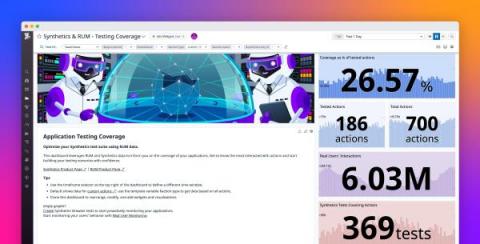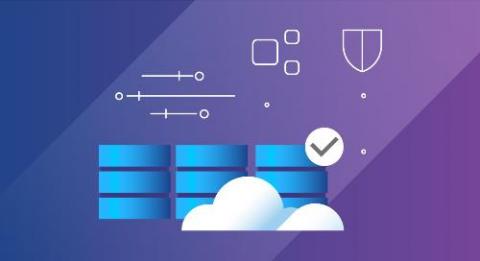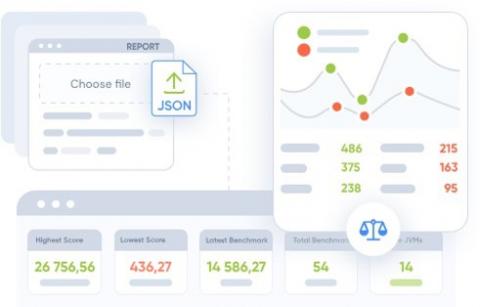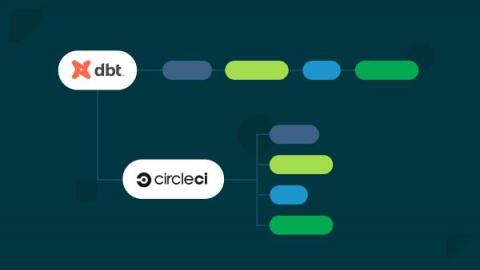Automating testing for FeathersJS applications
This is one of a two-part series. You can also learn how to automate the deployment of FeathersJS apps to Heroku. In the software development lifecycle, testing offers benefits that reach far beyond the code itself. Testing assures all parties (developers, clients, project managers, etc) that, while the application may not be completely bug-free, it does what is expected, as expected.











